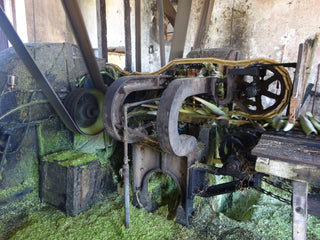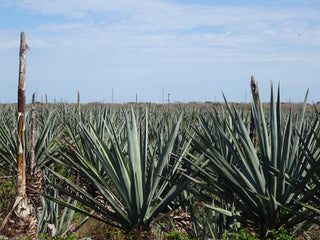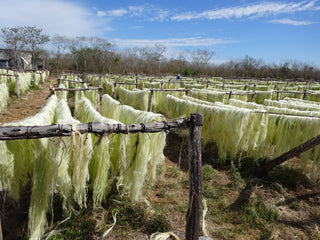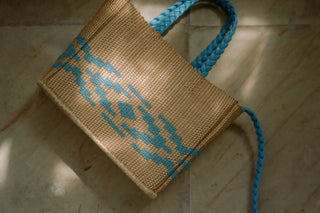
HENEQUÉN
MEXICAN GOLD
Henequen, also known as sisal, is a variety of agave native to Yucatan, called "ki" in the Mayan language. It takes between eight and fifteen years to fully mature, and its fiber is used to make highly resistant ropes.
According to different Mayan codices, a very respected priest, who was even involved in founding the city of Chichen Itza in 600 A.D., was the one who taught the Mayas how to grow and use henequen to make hammocks and ropes. The craft was cultivated all the way to the 19th century, when the textile grew in demand to make sacks, moorings and ropes for sailing. By the mid-20th century, Yucatan was the sole producer of highly valued hard fibers; high demand led to the development of haciendas, large estates that made use of the abundant, local indigenous workforce, as well as imported Yaqui and Asian slaves from Sonora and Korea. Of the "Green Gold" boom, all that's left in Yucatan are the magnificent mansions and the remains of old henequen-growing haciendas. The invention of synthetic fibers beginning in the 1940s led to its decline.

Where it begins




